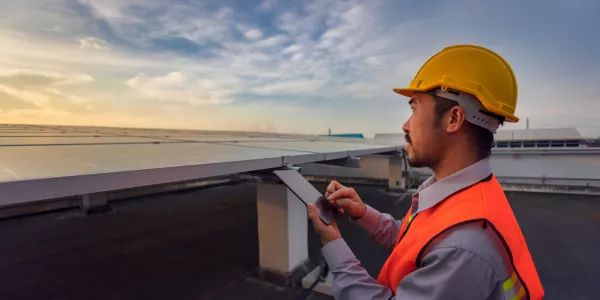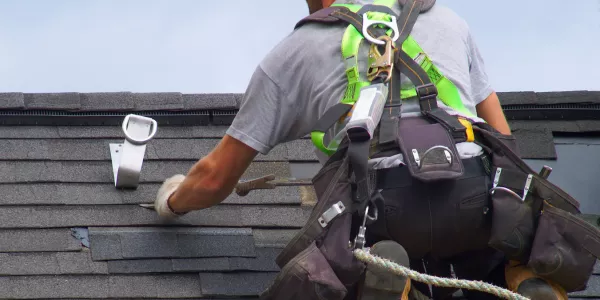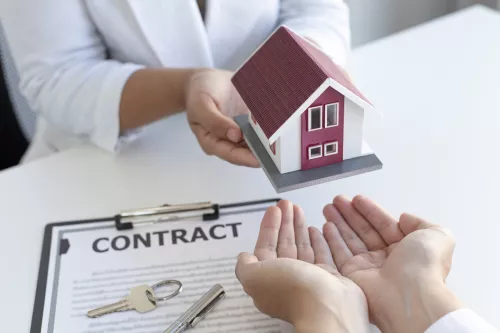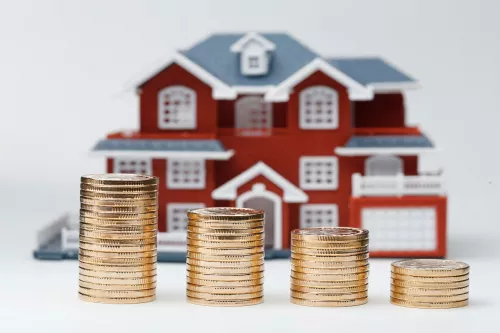Your roofing structure represents a significant investment, serving as a shield against the weather and contributing to the coziness of your home. However, similar to other parts of your house, it requires consistent upkeep to function optimally. It's important to maintain your roof well, so it can effectively protect you in return.
Regular maintenance not only extends the lifespan of your roof but also helps you prevent costly leaks and damage. If you're unsure about the necessary roof maintenance tasks, don't worry – we're here to guide you. Here, we're addressing some of the most common questions and concerns homeowners have about keeping their roofs in top condition. Let's dive in!
What Maintenance Should Be Done on a Roof?

Regular inspections allied to smart practices and seasonal roof checks will help you be more aware of the condition of your roof. Doing so, you will prevent your roof from damages and be able to locate any possible, more serious problems, in advance.
Regular Inspection
The first step in maintaining your roof is regular inspections. Ideally, inspect your roof twice a year - in spring and fall. Look for signs of wear and tear, such as cracked or missing shingles, damaged flashing, or loose material around chimneys or vents.
Clean Gutters and Downspouts
Clogged gutters can lead to water damage on your roof. Make sure to clean them out, especially after the autumn season when there are likely to be lots of fallen leaves. If you find that your gutters often get clogged with debris, think about putting in gutter guards or screens. These can significantly reduce the time you spend cleaning your gutters throughout the seasons.
Remove Moss and Algae
Having a roof facing north (in the northern hemisphere), abundant shade trees, and a moist climate, can promote the growth of moss and algae on your roof can lead to moss growth. It retains water, and can harm your shingles by lifting their edges and exposing the lower parts to moisture.
Algae can also cause unsightly dark marks on your roof. These algae stains can be lessened with a mixture of chlorine bleach and water. If your roof is in a setting prone to moss or algae, the most effective strategy might be to consistently treat it. These can damage roofing materials over time. Use a moss remover or hire a professional to clean your roof.
Trim Overhanging Branches
Trees branches can scrape against roofing materials and damage them by causing the displacement of roof granules, particularly in windy conditions. It's important to prune tree branches sufficiently to ensure that they don't come into contact with your roof or gutters, even on the windiest days. Keep trees trimmed to prevent this.
Check for Leaks
Look for signs of leaks in your attic and ceilings. Early detection of leaks can prevent significant damage. The initial step to inspecting your roof begins within your home. Start by examining the attic for any stains, as these could signal water leaks stemming from a problem with the roof. Also, if you've observed any stains on your home's ceilings, it's important to record their locations, as these might actually be indicative of leaks in the roof.
Repair Damage Promptly
If you find any damage, it's crucial to repair it quickly to prevent further deterioration. Missing, lifted and loose shingles, worn spots, cracking, peeling, or curling shingles, loose flashing, nails or metal roof bolts are part of the checklist when looking for possible damage on your roof.
To do some of the repairs you can opt to do it yourself, but a roof professional can solve the problem with expertise and safety.
Is It Worth It to Raise a Roof?

Raising the roof is an option to consider if you're looking to increase the space in your current home. This method can provide additional room and also enhance the aesthetic aspects of your interior and the external appearance of your house. Yet, be aware that this process is expensive and will require you to temporarily relocate during the construction period. Here are some pros of raising your roof:
Increasing Living Space
If you're looking to add an extra room or loft, raising the roof can provide the necessary space.
Improving Ventilation and Insulation
A higher roof can allow for better airflow and more insulation, leading to energy savings.
Enhancing Property Value
A raised roof can improve the aesthetic appeal and functionality of your home, potentially increasing its value.
In the context of roof maintenance, raising the roof isn't a maintenance activity but rather a major renovation or construction project. It involves considerable changes to the building’s structure, which goes beyond the scope of standard maintenance practices. Regular maintenance is about preserving the current state and functionality of the roof, whereas raising the roof is about fundamentally changing it.
What Makes a Roof Last Longer?

Quality Materials
Investing in high-quality roofing materials can significantly extend the lifespan of your roof.
Proper Installation
Ensure that your roof is installed by experienced professionals.
Ventilation and Insulation
Good ventilation prevents heat and moisture buildup that can damage your roof.
Regular Maintenance
As mentioned earlier, regular maintenance is crucial for spotting and addressing issues early.
FAQs on Roof Maintenance
How often should I have my roof inspected?
Ideally, you should have your roof inspected twice a year - in spring and fall.
Can I do roof maintenance myself?
Basic maintenance like gutter cleaning can be done yourself, but for inspections and repairs, it's safer to hire professionals.
What are the signs that my roof needs replacing?
Significant damage, like large areas of missing shingles, sagging, or frequent leaks, might indicate it's time for a replacement.
How long does a typical roof last?
Depending on the material, roofs can last from 20 to 50 years or more.
Is it cheaper to repair or replace a roof?
Minor damage is usually more cost-effective to repair, but extensive damage might make replacement more economical in the long run.

 Marcio Vasconcelos
Marcio Vasconcelos





